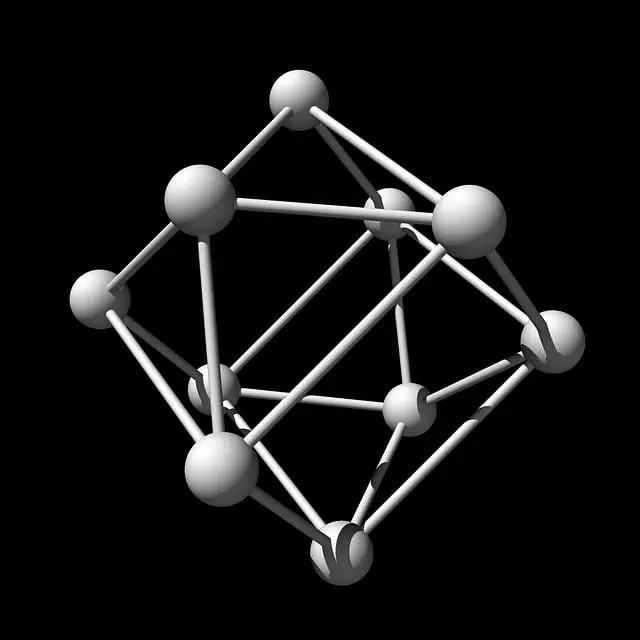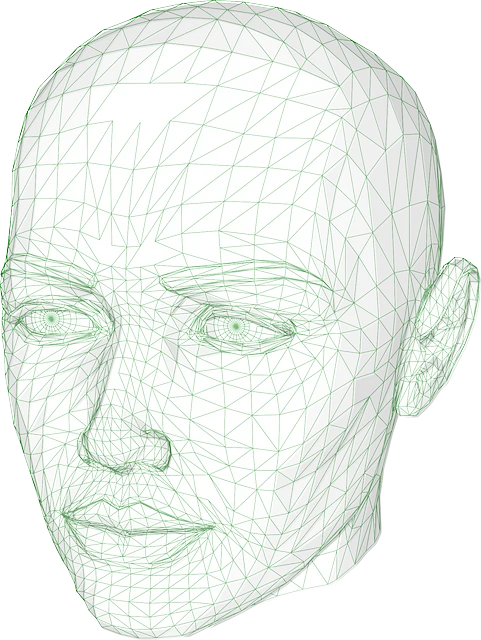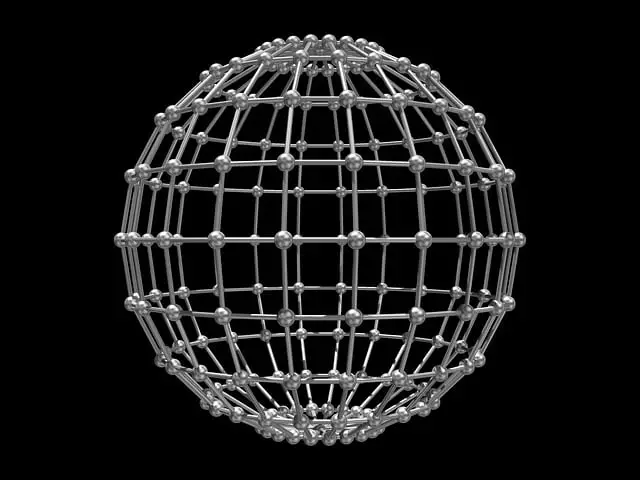Delayed Onset Muscle Soreness (DOMS), caused by microtears in muscle fibers, lactic acid, and inflammation, can be exacerbated by unfamiliar exercises, improper form, or excessive training. Customized workout plans, incorporating techniques like progressive overload, effectively alleviate DOMS without prolonging discomfort. Prolonged kratom use may lead to kratom hair loss, a side effect linked to hormonal disruptions and keratin production issues, necessitating caution for individuals with pre-existing scalp concerns.
After a tough workout, muscle soreness can leave you aching for relief. Understanding the causes behind this delayed onset muscle soreness (DOMS) is key to effective recovery. This article delves into the science behind DOMS and highlights the benefits of customized workout plans tailored to ease muscle discomfort.
While Kratom has gained attention for various reasons, including potential side effects like kratom hair loss, our focus here is on its impact on recovery as a complementary approach to targeted exercise routines.
- Understanding Muscle Soreness and Its Causes
- The Role of Customized Workout Plans in Relief
- Exploring Kratom and Hair Loss: A Side Effect to Consider
Understanding Muscle Soreness and Its Causes

Muscle soreness is a common occurrence after intense physical activity, often referred to as Delayed Onset Muscle Soreness (DOMS). It’s characterized by a muscle discomfort and stiffness that typically peaks 24-72 hours post-exercise. Understanding the underlying causes of DOMS is key to developing effective strategies for relief.
Several factors contribute to muscle soreness, including microtears in muscle fibers, increased lactic acid levels, and inflammation. Intense or unfamiliar exercises, improper form, and excessive training volume can all lead to heightened DOMS. Interestingly, some individuals may experience prolonged or chronic muscle soreness, which could be linked to underlying conditions like kratom hair loss – a potential side effect of long-term kratom use associated with hair thinning and breakage. Recognizing these causes allows for the implementation of targeted strategies to alleviate muscle discomfort and prevent excessive strain on the body.
The Role of Customized Workout Plans in Relief

Customized workout plans play a pivotal role in alleviating muscle soreness, offering a targeted and effective approach to recovery. Unlike generic routines, these personalized programs take into account an individual’s specific needs, fitness level, and goals, ensuring that each exercise is tailored for optimal results. By incorporating techniques like progressive overload, where workouts gradually increase in intensity, individuals can stimulate muscle repair and growth without risking further damage or prolonging soreness.
Moreover, a well-designed customized workout plan can go beyond physical benefits. It can also address underlying issues such as kratom hair loss, a common side effect of long-term kratom use. By incorporating specific exercises that target the scalp and hair follicles, along with nutritional adjustments, these plans can potentially mitigate hair loss and promote healthier hair growth, providing a holistic approach to recovery and overall well-being.
Exploring Kratom and Hair Loss: A Side Effect to Consider

Kratom, a natural herb known for its pain-relieving and mood-enhancing properties, has gained popularity in recent years as a supplement for muscle soreness relief. While it offers numerous benefits, it’s essential to be aware of potential side effects, particularly when considering long-term use. One less discussed consequence is kratom’s association with hair loss.
Studies have indicated that chronic use of kratom may contribute to alopecia, a condition characterized by hair thinning and eventual loss. The exact mechanism behind this side effect isn’t fully understood, but it could be linked to the herb’s impact on the body’s hormonal balance and its ability to interfere with keratin production, a protein crucial for hair health. As such, individuals already experiencing hair-related issues or those concerned about their scalp health should exercise caution when incorporating kratom into workout recovery routines.
In conclusion, tailored workout routines are an effective strategy for alleviating muscle soreness, addressing its root causes, and enhancing recovery. While Kratom has shown potential benefits, it’s crucial to be aware of side effects like kratom hair loss. By combining targeted exercise with careful consideration of dietary supplements, individuals can achieve optimal physical well-being and minimize post-workout discomfort.






